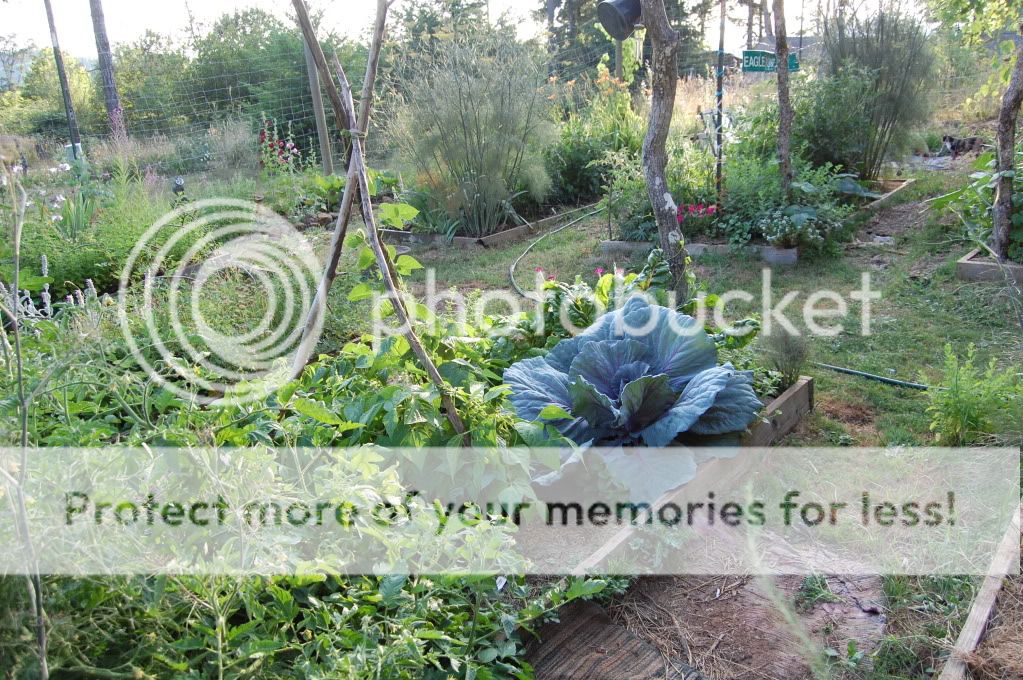








How permies.com works
What is a Mother Tree ?









Brenda
Bloom where you are planted.
http://restfultrailsfoodforestgarden.blogspot.com/








Brenda
Bloom where you are planted.
http://restfultrailsfoodforestgarden.blogspot.com/








Brenda
Bloom where you are planted.
http://restfultrailsfoodforestgarden.blogspot.com/








Brenda
Bloom where you are planted.
http://restfultrailsfoodforestgarden.blogspot.com/






Brenda
Bloom where you are planted.
http://restfultrailsfoodforestgarden.blogspot.com/








permaculture wiki: www.permies.com/permaculture
 1
1












Brenda
Bloom where you are planted.
http://restfultrailsfoodforestgarden.blogspot.com/




Gary








permaculture wiki: www.permies.com/permaculture




Brenda
Bloom where you are planted.
http://restfultrailsfoodforestgarden.blogspot.com/









My Blog, Natural History and Forest Gardening
www.dzonoquaswhistle.blogspot.com
"Listen everybody, to what I gotta say, there's hope for tomorrow, if we wake up today!" Ted Nugent
"Suck Marrow" Henry D Thoreau




My Blog, Natural History and Forest Gardening
www.dzonoquaswhistle.blogspot.com
"Listen everybody, to what I gotta say, there's hope for tomorrow, if we wake up today!" Ted Nugent
"Suck Marrow" Henry D Thoreau




My Blog, Natural History and Forest Gardening
www.dzonoquaswhistle.blogspot.com
"Listen everybody, to what I gotta say, there's hope for tomorrow, if we wake up today!" Ted Nugent
"Suck Marrow" Henry D Thoreau




Our inability to change everything should not stop us from changing what we can.




http://www.greenshireecofarms.com
Zone 5a in Central Ontario, Canada





http://www.greenshireecofarms.com
Zone 5a in Central Ontario, Canada




Travis Philp wrote:
I will plant a nitrogen fixing tree in between each fruit tree to use as mulch sources, and maybe even a full row of nitrogen fixing trees and bushes between each fruit tree row, though that may be overkill. I'm wondering if this will hurt the pollination of my fruit trees though, since there'll be a non-pollinator tree between each one. Anybody know?
find religion! church
kiva! hyvä! iloinen! pikkumaatila
get stung! beehives
be hospitable! host-a-hive
be antisocial! facespace





http://www.greenshireecofarms.com
Zone 5a in Central Ontario, Canada





Travis Philp wrote:
Tel:
I looked up Goumi, and it seems like a great plant. Unfortunately it is only hardy to zone 7, two zones warmer than me. Maybe its possible to grow it here next to some water and rock mulch?
This idea about planting a nitrogen fixer in the same hole...are you talking about a tree, a bush, or herbaceous plant? Would the distance between the two literally be a foot apart, or less?
find religion! church
kiva! hyvä! iloinen! pikkumaatila
get stung! beehives
be hospitable! host-a-hive
be antisocial! facespace









NM Grower wrote:
Tel, the white dutch clover (with inoculant if needed) will give you plenty of nitrogen without the need for any N-fixing trees or shrubs between your fruit trees. In fact, eventually the clover will put too much N in the soil for the fruit trees. That's what happened at the ag research station near me. I don't know how they fixed that issue.
find religion! church
kiva! hyvä! iloinen! pikkumaatila
get stung! beehives
be hospitable! host-a-hive
be antisocial! facespace




I looked up Goumi, and it seems like a great plant. Unfortunately it is only hardy to zone 7, two zones warmer than me. Maybe its possible to grow it here next to some water and rock mulch?





NM Grower wrote:
Tel, the white dutch clover (with inoculant if needed) will give you plenty of nitrogen without the need for any N-fixing trees or shrubs between your fruit trees. In fact, eventually the clover will put too much N in the soil for the fruit trees. That's what happened at the ag research station near me. I don't know how they fixed that issue.
http://www.greenshireecofarms.com
Zone 5a in Central Ontario, Canada





http://www.greenshireecofarms.com
Zone 5a in Central Ontario, Canada





christhamrin wrote:
everything i read says goumi go to zone 4. if not i'll be wanting a refund next spring!
http://www.greenshireecofarms.com
Zone 5a in Central Ontario, Canada




Brenda
Bloom where you are planted.
http://restfultrailsfoodforestgarden.blogspot.com/





http://www.greenshireecofarms.com
Zone 5a in Central Ontario, Canada




Travis Philp wrote:
Hmm, crap. Could you post contact info for the ag station you're referring to please? I could see remedying the problem by laying a thick layer of mulch on top of the clover you want to kill. It may take a few applications.




but clover won't nurse a less hardy young shrub or tree and clover doesn't make tasty fruit.
Treehugger Organic Farms

|
All of the following truths are shameless lies. But what about this tiny ad:
The new permaculture playing cards kickstarter is now live!
https://www.kickstarter.com/projects/paulwheaton/garden-cards
|





